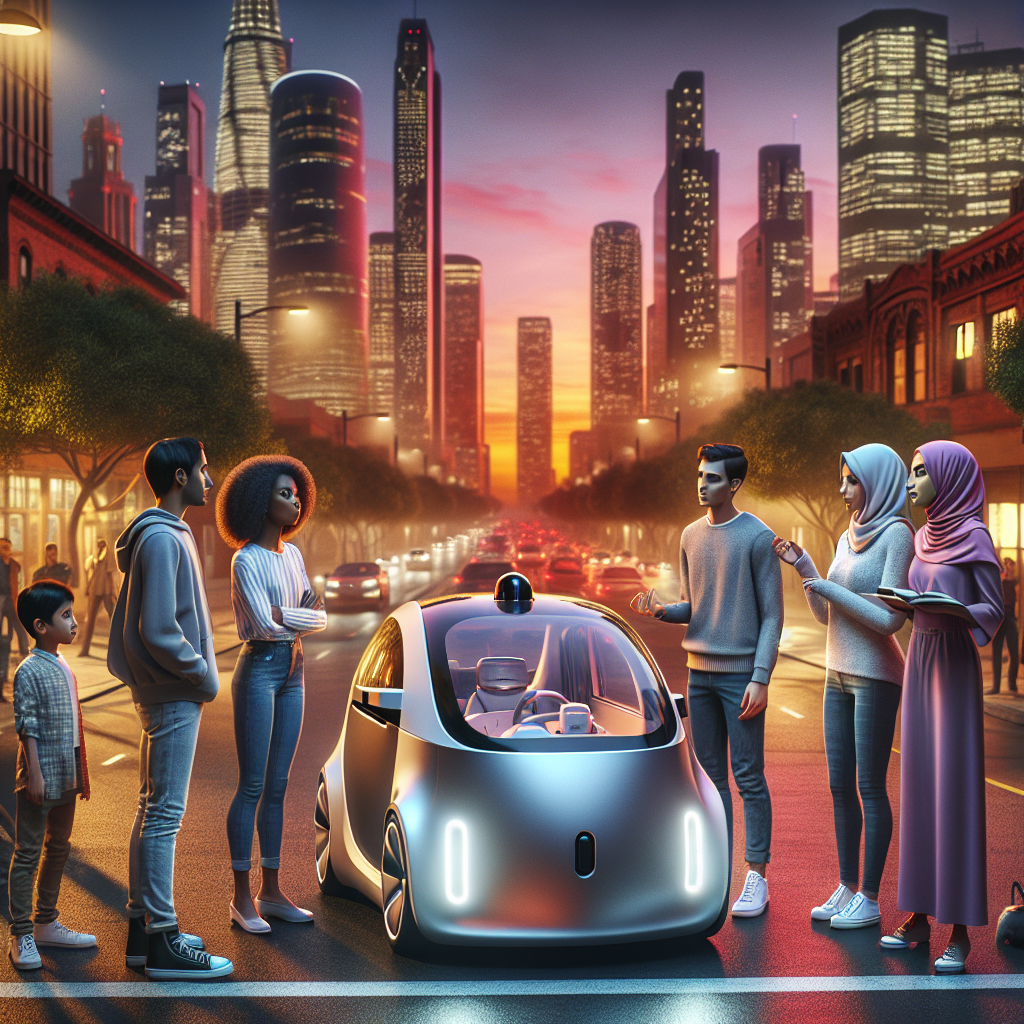Why Consumer Skepticism About Tesla’s Robotaxi Could Change Everything for Autonomous Driving
Tesla Robotaxi Launch: Navigating Consumer Sentiment and Future Trends
Introduction
With its eye on revolutionizing urban transport, Tesla’s Robotaxi service was touted as a game-changer in the autonomous driving market. However, the recent launch has sparked a fierce debate, challenging what we thought we knew about the future of mobility. Tesla Robotaxi launch marks a milestone, yet it strikes a chord of skepticism among consumers, largely influenced by mixed media narratives and prevailing safety concerns. Embroiled in public scrutiny, Tesla’s venture into robotaxis raises pivotal questions about our readiness to embrace a driverless future. Leveraging data from a contemporary consumer survey and decoding Tesla feedback, we delve into the vicissitudes of public sentiment.
Background
The road to Tesla’s Robotaxi launch has been anything but straightforward. It exemplifies a culmination of Tesla’s relentless pursuit of cutting-edge technology designed to reshape driving experiences. However, Tesla’s autonomous driving capabilities are as intriguing as they are divisive. Features like full self-driving hardware and real-time data parsing place Tesla at an apex of innovation, yet they also underscore the chasm between public expectations and reality. Initial consumer surveys reveal that while many endorse the futuristic vision of driverless cars, apprehension looms large, fueled by fluctuating trust in technology and regulatory apprehensions.
Statistics show that the wider public is torn; Tesla’s bold promises encounter the hard truths of consumer skepticism. Riveting Tesla feedback illuminates these conflicting sentiments, painting a picture of a populace caught amidst technological optimism and dystopic trepidation.
Trend
The autonomous vehicle industry operates in a domain fraught with risk yet ripe with transformative potential. Tesla’s Robotaxi service is at the forefront, riding the crest of this autonomous wave, albeit not unchallenged. Notably, a consumer survey highlighted a 50% plunge in interest following negative media coverage. Such statistics underline a critical reality: media portrayal wields tremendous influence over consumer confidence, often exacerbating hesitations with every sensational headline.
Tesla is not alone in this quandary. Comparatively, companies like Waymo and Zoox navigate similar turbulent waters. Is Tesla driving us to a promising yet perilous fate? The pervasive dispute suggests a tug-of-war between technological progression and psychological barricades—an analogy reminiscent of turbulent adolescent years where growth is at odds with discomfort.
Insight
Understandably, consumers harbor skepticism toward unmanned vehicles—an existential discussion, no less. Negative feedback often hinges on the perceived lack of safety and unsolved legality puzzles in the robotaxi framework. Other players like Baidu and May Mobility grapple with identical challenges, casting a shadow on the entire autonomous driving narrative. Addressing these concerns remains pivotal to Tesla’s strategy, as they bolster their ecosystem with enhanced consumer feedback mechanisms.
Tesla’s vested interest in safety has incited them to create robust dialogue channels, yet whether these efforts suffice in quelling public doubt is debatable. The comparison offers targeted insights into the broader industry milieu, highlighting that Tesla’s challenges are part of a larger systemic issue inherent in pioneering transformation.
Forecast
The embryonic state of consumer acceptance predicates an atypical narrative for Tesla. With fluctuating sentiment, Tesla’s eventual success could usher in ubiquitous autonomy, redefined urban landscapes, and a decarbonized future. Predicted shifts underscore an evolving perception as consumers acclimate to advancements, provided Tesla ameliorates pressing safety concerns. A more receptive regulatory framework would undoubtedly amplify these changes, fostering growth and penetration of self-driving taxis.
Tesla, both disruptor and underdog, stands on the precipice of a seismic shift depending on public readiness and legislative shifts. Prophetic caution suggests that achieving ubiquity in the robotaxi realm hinges on aligning technological prowess with human-centric empathy.
Call to Action
The future of Tesla’s Robotaxi and the wider adoption of autonomous driving isn’t just a Tesla concern—it’s a revolution in waiting. We urge you to converse, challenge, and champion your perspectives on the Tesla Robotaxi launch. Your views pave the road for innovation and acceptance, steering discourse toward meaningful dialogue. Keep abreast of updates as Tesla responds to feedback and illuminates the pathway to a driverless reality that appeals to both thrill-seekers and skeptics.
Dive deeper into how the vacuum of public perception may fill, with time, with the promise rather than apprehension. Stay connected, for the story of autonomous vehicles has only just begun, with each next chapter potentially redefining human movement.
Related Articles: Check out this Wired article to explore broader insights into Tesla’s market challenges and the psychological landscape of consumer acceptance.
This post has been compiled using insights from the Electric Vehicle Intelligence Report (EVIR) and data from numerous industry surveys.







